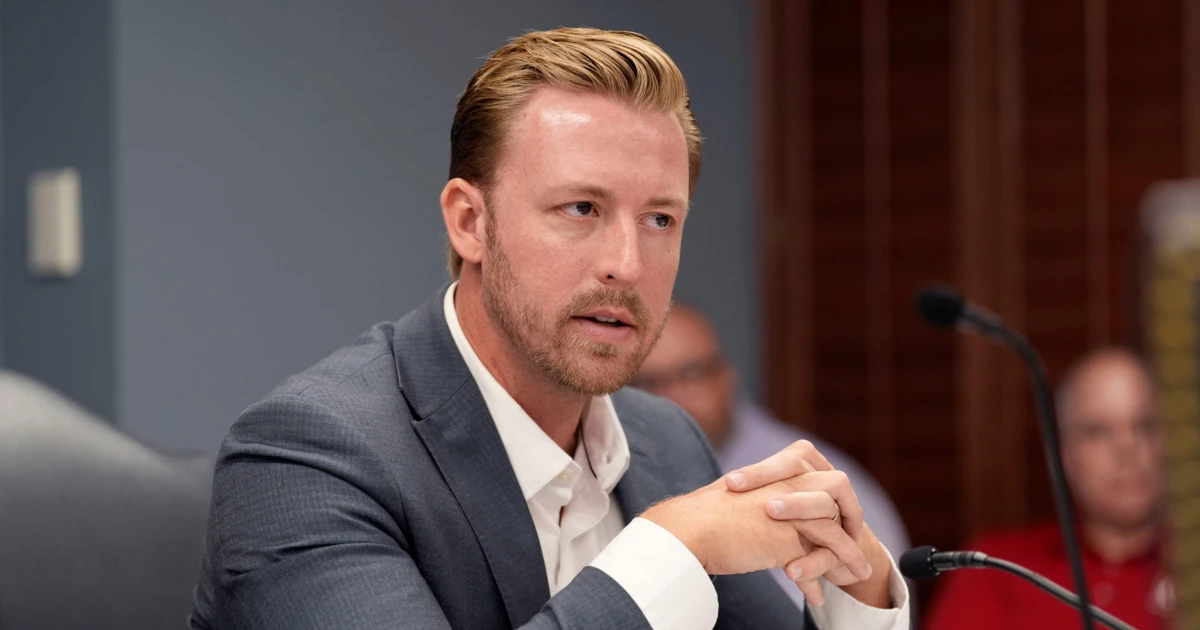80 percent of Ohio wants affordable childcare – GOP leaders give billions to the rich instead

A new survey reveals what most Ohio parents already know: the state is facing a childcare crisis of massive proportions.
But while ordinary Ohioans struggle to find and afford quality care for their children, state leadership continues to prioritize tax cuts for the wealthy over supporting working families.
The Today in Ohio podcast on Thursday highlighted the alarming disconnects between what voters want and what their elected officials deliver. According to a new survey conducted by Groundwork Ohio and the Ohio Head Start Association, an overwhelming 80% of Ohio voters see affordable childcare as either a “major problem” or a “crisis.”
“Two thirds believe federal funding for child care and early learning programs for low income families is a good use of taxpayer money,” said Laura Johnston on the podcast.
The survey reveals a clear mandate from voters: 83 percent support tax incentives for businesses that help employees find quality childcare, 70 percent want increased state investment in publicly funded childcare, and 76percent favor creating a state-funded paid leave program for the first six weeks of a baby’s life.
Instead of meeting these clear demands, Ohio’s Republican leadership, led by Governor Mike DeWine, has chosen a different path—one that funnels billions in tax dollars to the wealthy — year after year, budget cycle after budget cycle — while leaving working families to fend for themselves.
The stark disconnect between voter priorities and legislative action represents a fundamental failure of representation. As Chris Quinn put it: “The Republican party is a party that gives billions of dollars to rich people while sticking it to everybody else. That’s the whole theme of this party, and the Democrats don’t know how to message it.”
The consequences of this misalignment are felt by families across Ohio every day. Quality childcare costs around $12,000-$13,000 annually per child—a crushing burden for working parents. Meanwhile, Ohio continues to pour money into voucher programs for private schools, giving up to $6,000 for each elementary student and $8,000 for each high school student—primarily benefiting families who could already afford private education.
“If we gave everybody with a kid five and under six or $8,000 to pay for their childcare, which is about 12 or $13,000 a year for each kid, that would be a huge help,” Johnston pointed out.
The childcare crisis isn’t just a family issue—it’s an economic one. When parents can’t find affordable childcare, workforce participation suffers, businesses struggle to find workers, and the entire economy feels the impact. The overwhelming support for childcare initiatives across political lines suggests this isn’t a partisan issue but a practical one.
As Ohio continues to struggle with population growth and economic development, especially compared to booming southern states, addressing fundamental needs like affordable childcare could be key to reversing the trend. But first, state leadership would need to listen to what voters are clearly telling them they want. And stop handing over buckets of cash to their wealthy friends.
The message from Ohio voters couldn’t be clearer. The question remains: when will their elected officials start listening?
Listen to the episode here.
Read more Today in Ohio news
$400,000 to renovate a low-income apartment? You could build a luxury house for that.
From secret hotel rooms to grocery aisles? Matt Huffman’s ridiculous claims about redistricting
North Ridgeville’s income tax ballot blunder could doom a measure that would help most voters



